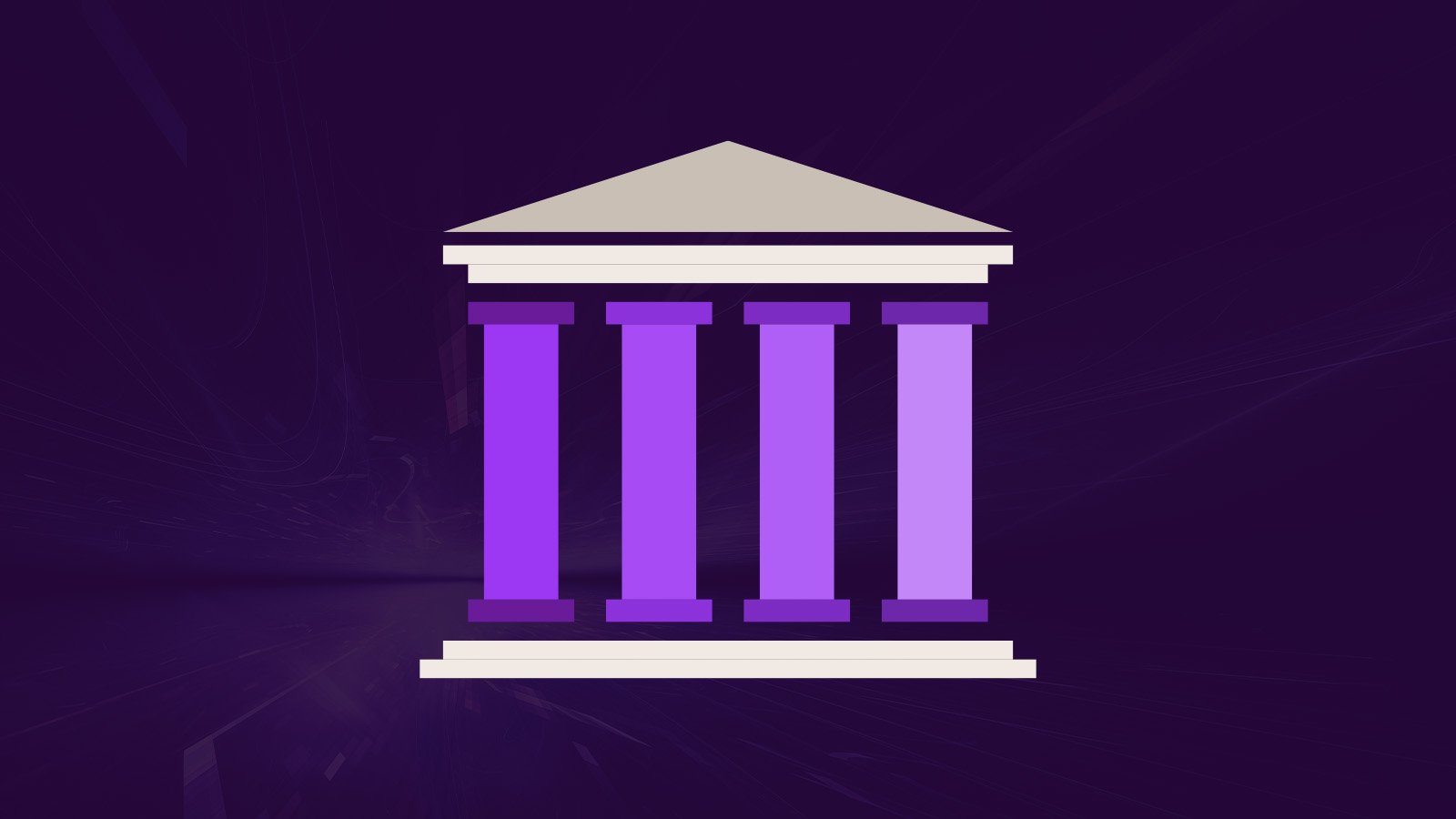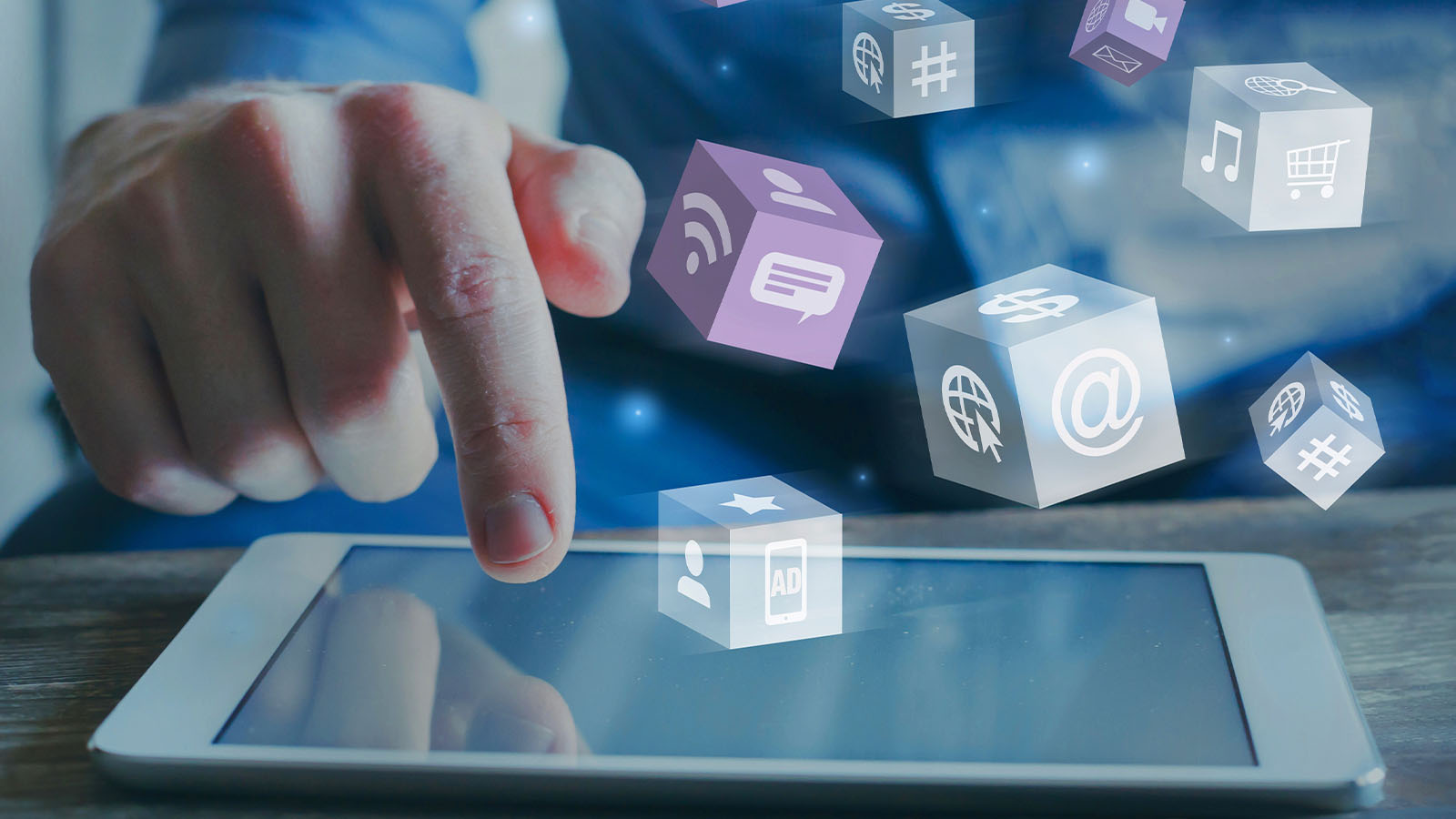5 min read
How (and Why) You Should 'MACH-up' Your MarTech Stack
Learn to 'MACH-up' your MarTech stack using MACH principles and a customer journey focus. Strategically buy MarTech solutions for long-term success.
Get the latest insights, research and news delivered straight to your inbox.
Plus, enter to win the 2nd edition of Omnichannel Retail by Tim Mason & Sarah Jarvis!
No spam. We promise. 💜
Featured Case Study:
See how Eagle Eye helped Giant Eagle relaunch myPerks, delivering 25M+ personalized offers monthly and boosting loyalty program ROI.
Contact us to find out how we can enable your teams on our platform.


Making crucial decisions at the right moment – on behalf of your customers, no less – can be a daunting task.
I hope readers who work in marketing or are marketing/loyalty program-adjacent, will find it a little less daunting once they understand the four core pillars of life cycle marketing.
A good argument can be made that there are more than four pillars, but that’s something for industry professionals to get into the weeds about. After donning my tech-nerd goggles, I have seen that those currently struggling with lifecycle marketing are likely to benefit from the following, easy-to-remember, four-step guide.
We all remember the data warehouse craze… don’t we?
Well, I do and it was a wild time. Every business unit (BU) was putting all their data into data warehouses, but then they turned into data swamps.
Architects were struggling to keep up with demand from BUs requesting data. Then data marts were born and we were sectioning off little pockets of BU-related data. Then, all of a sudden, the CDP craze happened.
And now here we are.
I’m not shilling for any particular data-storage solution. What I am arguing is that, for this layer in the MarTech stack, businesses need to focus on the data required for their customers’ journeys.
If business leaders start with the customer journeys and then work their way back from there, it’s easier to ask the right questions of the data then use that information to improve those journeys. Your business’s data instantly becomes more valuable as it’s use case specific. This alone should result in more seamless customer journeys.
I won’t bore laypeople with a deep dive into the long history of AI and ML speech. But it should be noted that these are hardly new technologies and the reason they haven’t been used much until recently is because MarTech hasn’t reached the level of maturity to enable it.
Let alone at scale it – at precisely the right times – for customer experiences.
This layer needs attention in today's market more than ever.
Consumers are better-informed and more fickle than ever. If your business isn’t already providing a near seamless customer journey – one that allows your customers to ricochet between bricks-and-mortar and digital effortlessly – it risks being left behind by competitors who are focusing on this.
Long story short, it’s this 'AI/ML/Analytics' layer of the tech stack that businesses need to leverage to provide industry-leading CX and customer journeys.
Perhaps the simplest example of how your business could be better leveraging this layer is Send Time Optimization. This will allow your business to send emails to customers when they are most receptive to receiving them.
'Value exchange' is the buzz term marketers now use to describe giving something to get something – usually first-person data. (Yes, I’m aware of Google’s latest flip-flop, but there is no doubt about the direction of travel when it comes to consumer privacy.)
The lazy solution – pulling browsing data then spamming the hell out of existing or potential customers with what you think they care about – is now off the table. Or almost certainly soon will be.
If you want data from existing or potential customers – to improve their CX and, ideally, thereby improve your business's revenues – you’ll increasingly have to offer them something of true value in exchange.
I’ll confine myself to making two observations.
Firstly, if your business hasn’t implemented a loyalty program/ retention strategy, it’s almost certainly falling behind the industry leaders.
Secondly, working out what is considered valuable to tens or hundreds of thousands of customers near instantaneously is no easy task. Especially given that what they consider valuable may differ between, say, 10am on a Thursday morning and 8pm on a Friday night.
The encouraging news is that the technology now exists to facilitate 'value exchanges' at scale. By scale, I mean literally billions of offers, promotions, and rewards that can be offered to your customers, providing constant reassurance that you understand and appreciate them. (If this is done especially well, growing numbers of your customers may even turn into passionate brand advocates and lifelong clients.) to be filtered through to curate the perfect value exchange for your consumer to make them an advocate and loyalty customer for life.
Send a pretty dynamic email at the right time of day.
Send a push notification to those loyalty-program customers who trust you enough to have in-app notifications on.
Have staff members provide personalized experiences in-store, based on what your business has learnt about their preferences.
There are plenty of options but always remember to ensure ease of integration in this 'activation' layer. Best-of-breed solutions in this layer will provide the capability to ingest data in real-time and action it immediately.
One last technical tip: event streaming architecture is a key capability to look for.
Event-driven marketing is the future, but that's a whole other article...
Let's assume your business has put in place a tech stack that allows for decisions at scale.
This is an excellent start, but it's just a start. Your business now needs to apply a method to ensure the CX it provides is consistent with your business’s brand values. Only after this is done should you use your tech stack to create value exchanges at scale for customers.
People sometimes underestimate what ‘scale’ means in a digital economy context. To be clear, it’s the ability to adjudicate billions of offers, rewards, and promotions and apply them to a basket at POS, mobile, ecommerce, and across the entire omnichannel. All in the space of about a quarter of a second, completely supported by headless technology.
These are the platforms that you want to look for. They might even be described as the unsung heroes of the MarTech world, allowing ever more businesses to offer personalized value exchanges to vast numbers of consumers.
In conclusion, here’s the TL;DR wrap-up:
Get the latest insights, research, and news delivered straight to your inbox.
Plus, enter to win the 2nd edition of Omnichannel Retail by Tim Mason & Sarah Jarvis!
No spam. We promise. 💜

5 min read
Learn to 'MACH-up' your MarTech stack using MACH principles and a customer journey focus. Strategically buy MarTech solutions for long-term success.

4 min read
Learn how MACH architecture revolutionises customer loyalty for retailers and promotes personalised experiences at scale.

1 min read
Discover Eagle Eye’s expert insights on loyalty tech trends for 2025, including AI, personalization, and the future of customer engagement.